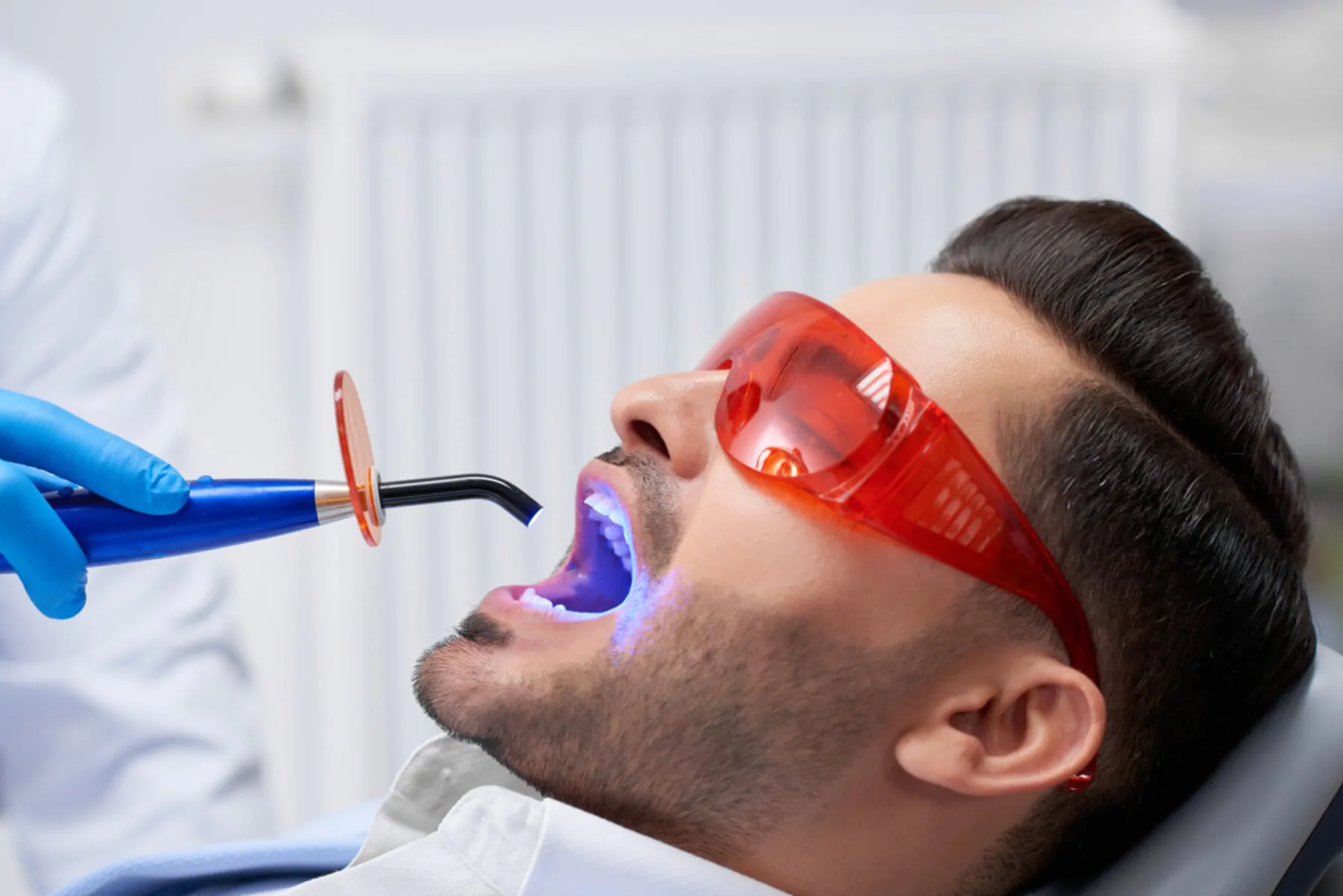The Benefits of Phototherapy

Light has always been essential to human health. From regulating our sleep cycles to supporting vitamin D production, exposure to natural sunlight plays a major role in our overall well-being. But in recent years, scientists and healthcare professionals have harnessed the power of light in more targeted ways, leading to a treatment known as phototherapy.
Once limited to hospitals and specialized clinics, phototherapy is now becoming increasingly accessible, with devices designed for safe and convenient use at home. Let’s explore the benefits of this innovative therapy and why it’s gaining attention as a natural, non-invasive tool for better health.
What Is Phototherapy?
Phototherapy is a treatment that uses specific wavelengths of light to stimulate biological processes in the body. Unlike sunlight, which contains harmful ultraviolet (UV) rays, therapeutic devices use carefully controlled light — often red, blue, or near-infrared — to deliver targeted benefits without damaging the skin.
The process works by allowing light to penetrate the skin and interact with cells, triggering positive effects such as improved circulation, reduced inflammation, and enhanced cellular repair. Depending on the wavelength used, phototherapy can support everything from skin rejuvenation to mood regulation.
Skin Health Benefits
One of the most well-known uses of phototherapy is in dermatology. Light therapy has been shown to help with a range of skin concerns, including:
- Acne – Blue light can target acne-causing bacteria, reducing breakouts without the need for harsh topical treatments.
- Psoriasis & Eczema – Controlled UVB phototherapy is sometimes prescribed to help calm flare-ups and inflammation.
- Anti-Aging – Red light therapy boosts collagen production and circulation, helping to smooth fine lines, reduce redness, and restore a youthful glow.
Unlike invasive procedures or medications, phototherapy is gentle, non-invasive, and generally well tolerated by most skin types.
Mood and Mental Health Support
Beyond the skin, light also has powerful effects on our brain and mood. Seasonal Affective Disorder (SAD), a type of depression that occurs in the winter months, is often treated with bright light therapy that mimics natural sunlight.
By regulating circadian rhythms and influencing the production of serotonin and melatonin, phototherapy can help:
- Improve mood and energy levels.
- Support better sleep quality.
- Reduce the symptoms of seasonal depression.
For those who spend long hours indoors, especially during darker months, incorporating light therapy into a daily routine can be a valuable tool for mental well-being.
Muscle Recovery and Pain Management
Phototherapy isn’t just for the skin or mood — it’s also becoming popular among athletes and those with chronic pain. Red and near-infrared light penetrate deeper into tissues, where they can:
- Improve circulation and oxygen delivery.
- Reduce muscle soreness after workouts.
- Decrease joint stiffness and inflammation.
- Accelerate the body’s natural healing processes.
This makes light therapy a versatile option not only for performance recovery but also for individuals managing conditions like arthritis or tendonitis.
A Non-Invasive, Natural Approach
One of the biggest benefits of phototherapy is that it’s non-invasive and drug-free. Unlike medications that may come with side effects, light therapy works by enhancing the body’s natural functions. Most people experience little to no discomfort, and regular use can lead to cumulative benefits over time.
That’s why it’s increasingly being recommended not just as a medical treatment, but as a wellness tool for everyday use.
Making Phototherapy Accessible at Home
While phototherapy was once only available in clinical settings, advances in technology have made it possible to safely experience its benefits at home. High-quality devices are now available that deliver the same therapeutic wavelengths used in professional environments, making regular treatments more convenient and cost-effective.
Brands like Hooga specialize in light therapy devices designed for everyday wellness, offering options for skin health, mood support, and muscle recovery. With the ability to use these devices on your own schedule, it’s easier than ever to incorporate phototherapy into a healthy lifestyle.
Who Can Benefit?
Phototherapy is versatile, but it may be especially helpful for:
- Women and men looking to improve skin health naturally.
- Individuals struggling with seasonal depression or irregular sleep patterns.
- Athletes seeking faster recovery between training sessions.
- People managing chronic pain or inflammation.
- Anyone seeking a non-invasive, holistic approach to wellness.
As with any therapy, it’s always a good idea to consult a healthcare professional if you have medical conditions, but for most healthy individuals, phototherapy is a safe and effective addition to self-care routines.
The Bottom Line
Phototherapy is more than a trend — it’s a science-backed therapy with applications that span skin health, mental wellness, recovery, and beyond. By harnessing the natural power of light, this treatment offers a safe, gentle, and effective way to support the body and mind.
With accessible at-home devices from trusted providers, incorporating light therapy into daily life has never been easier. Whether your goal is clearer skin, better sleep, improved mood, or faster recovery, phototherapy is a natural step toward healthier living.





